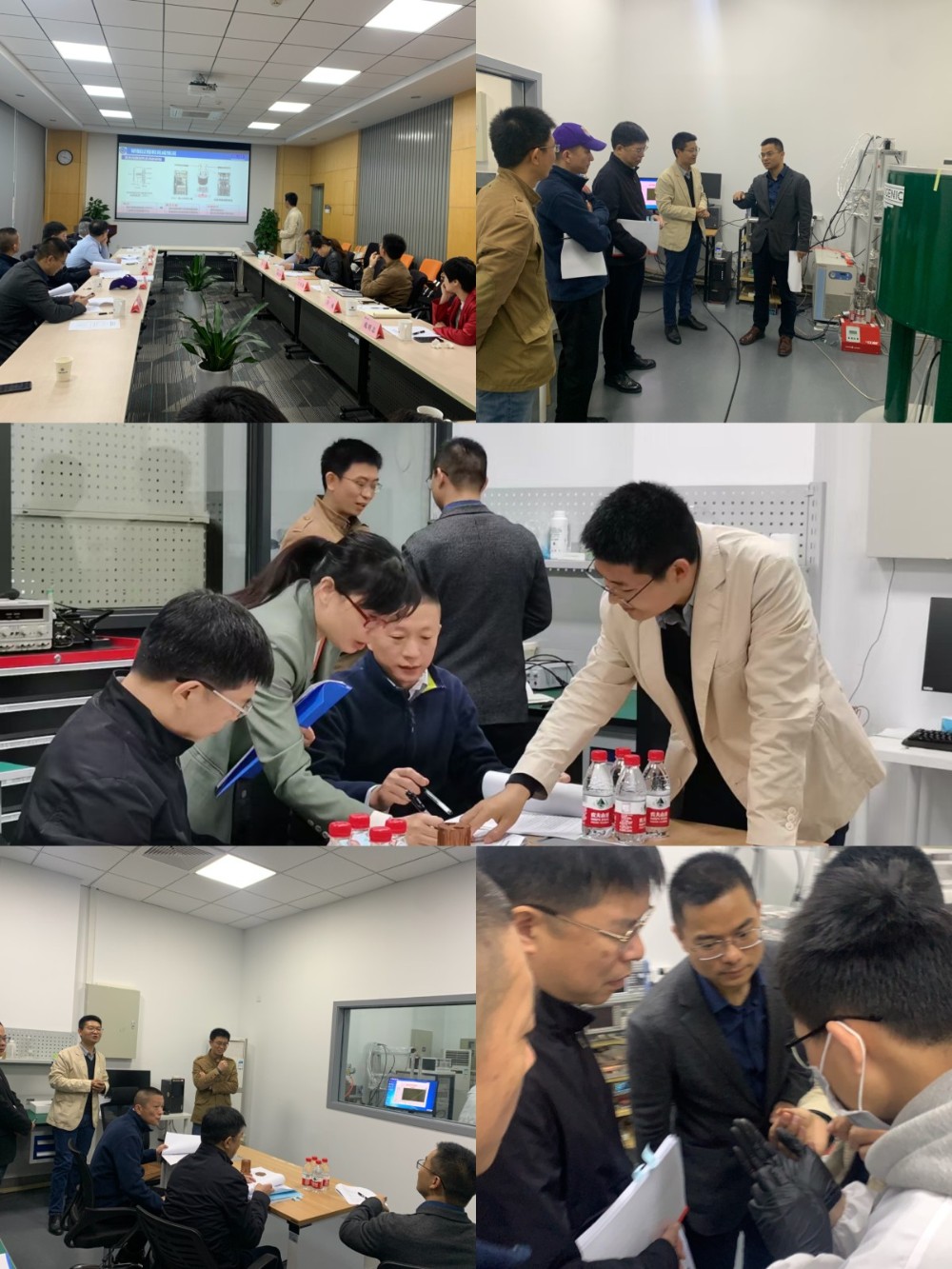An artisan must first sharpen his tools if he is to do his work well. The important difference between human beings and other animals is that they can create and use tools well! Advanced instruments and equipment are important tools for scientific research and play an important role in major scientific discoveries and technological innovation.
Beijing Apr. 15th-- The scientific research equipment development project "High precision and high sensitivity laser heating high temperature nuclear magnetic resonance testing system" undertaken by NIMTE, successfully passed the field test of technical experts, and the actual technical indicators of the equipment met the requirements of the implementation plan.
The experts of this technical acceptance meeting are composed of Jianlong Zhao, a professor from Shanghai Institute of Microsystem and Information Technology, CAS, Jiandong Guo, a professor from Institute of Physics, CAS, and Zhigao Sheng, a professor from Hefei Institute of Physical Science, ACS. Jianlong Zhao is the leader of the technical acceptance team for this project. Wei Xu, associate professor in charge of the project, introduced the development process and indicator completion of the project at the acceptance meeting. After listening to the report, the expert group reviewed and passed the technical test outline. Later, the expert group went to the equipment site to conduct tests item by item according to the project technical test outline, compared the test results with the project assignment, and consulted the user's use report and the test report issued by the third-party testing company. Based on the field test results, the expert group agreed that all technical indicators of the developed equipment achieved or exceeded the requirements specified in the implementation plan.
The project of "High precision and high sensitivity laser heating high temperature NMR testing system" has developed a new laser heating high temperature NMR testing system with independent intellectual property rights, which realizes the signal sensitive detection of Cu, Al, In, P and other elements in the alloy melt at the maximum temperature of 1800 ℃. The successful development of this equipment can realize the characterization of local structure of various alloy melts and the study of atomic diffusion dynamics evolving with temperature, and provide important technical and scientific guidance for solving technical problems in the production and preparation of amorphous alloys. Because of its extremely high detection sensitivity, the equipment will also provide strong support for the research of high-temperature oxide glass, molten salt, ionic conductor, etc.

Acceptance process

